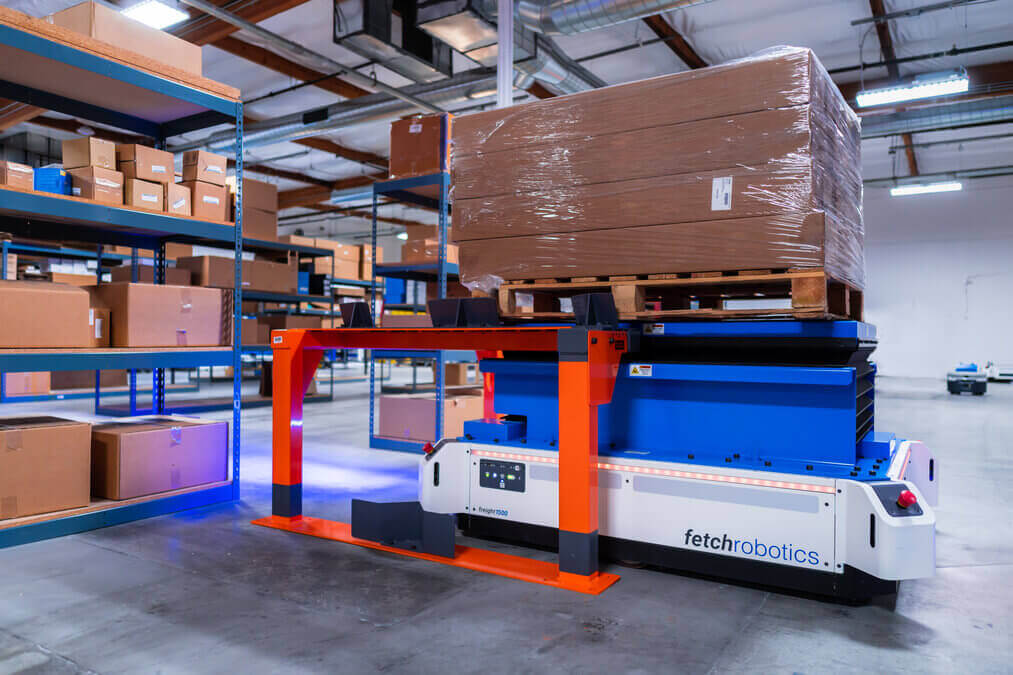Image Source: Google
In the fast-paced world of logistics, efficiency is key. One strategy that has revolutionized the way goods are moved through the supply chain is cross-docking. This innovative approach eliminates the need for storage by transferring incoming goods directly to outgoing vehicles with minimal handling and storage time. By streamlining the process and cutting down on unnecessary steps, cross docking has become a game-changer in the world of logistics.
The Basics of Cross Docking
Cross docking is a logistics strategy where goods from incoming trucks are unloaded, sorted, and then directly loaded onto outbound trucks with little to no storage time in between. This process eliminates the need for warehousing and can significantly reduce handling costs and transit times. Here are the key components of cross-docking:
Key Components:
- Goods are unloaded from incoming trucks.
- Goods are sorted based on their final destination.
- Goods are loaded directly onto outbound trucks.
- Minimal to no storage time in between.
The Advantages of Cross Docking
Cross docking offers a variety of benefits for companies looking to streamline their supply chain operations. Some of the advantages of implementing a cross-docking strategy include:
Advantages:
- Reduced handling costs.
- Quicker transit times.
- Lower inventory holding costs.
- Improved supply chain visibility.
- Increased efficiency in order fulfillment.
Types of Cross Docking
There are several different types of cross docking strategies that companies can utilize based on their specific needs and requirements. Some common types of cross docking include:
Types:
- Manufacturing cross docking: Directly transferring goods from manufacturing plants to outbound transportation.
- Distributor cross docking: Consolidating goods from different suppliers into mixed-product pallets for outbound shipping.
- Transportation cross docking: Combining shipments from multiple carriers to create full truckloads for more efficient transportation.
- Retail cross docking: Sorting and combining goods from different suppliers for direct delivery to retail stores.
Challenges of Cross Docking
While cross docking offers many advantages, there are also some challenges that companies may face when implementing this strategy. It is important to be aware of these challenges in order to effectively address them and ensure a successful cross docking operation. Some common challenges include:
Challenges:
- Coordination between inbound and outbound transportation.
- Effective communication with suppliers and carriers.
- Managing inventory levels and stockouts.
- Ensuring proper sorting and labeling of goods.
- Handling unexpected delays or disruptions in the supply chain.
Best Practices for Successful Cross Docking
Despite the challenges, companies can overcome them by implementing best practices for successful cross docking. By following these guidelines, companies can ensure a smooth and efficient operation that maximizes the benefits of cross docking. Some best practices include:
Best Practices:
- Invest in technology for real-time tracking and visibility.
- Work closely with suppliers and carriers to streamline processes.
- Implement strict quality control measures to ensure accuracy and efficiency.
- Train employees on proper handling and sorting techniques.
- Regularly review and optimize cross docking processes for continuous improvement.
Conclusion
Efficiency is crucial in the world of logistics, and cross docking offers a powerful solution for companies looking to streamline their supply chain operations. By eliminating the need for storage and reducing handling costs, cross docking can significantly improve transit times and overall efficiency. While there are challenges to overcome, companies that implement best practices and strategies can reap the benefits of this revolutionary logistics approach.
